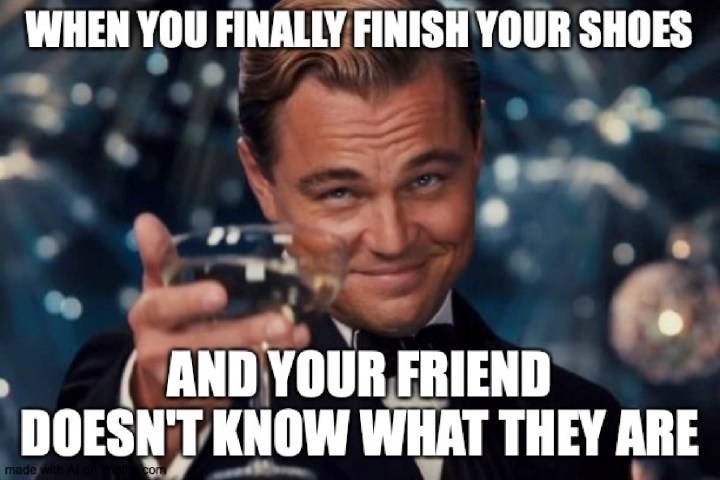It sounds kind of silly to say, but memes are one of the things that make us human. They are, by design, massively shareable images based on some universal (or at least semi-universal) lived experience that draws on some aspect of popular culture, but seeds it with additional meaning.
Against that backdrop, how could some smartass not come up with a way to hand the job of meme creation over to an A.I.? Heck, robots are threatening to take a bunch of our most important jobs. Why not the task of creating new pithy Spongebob Squarepants images alongside the others?
Titled This Meme Does Not Exist, after the plethora of other similar A.I.-generated projects, this new online tool (we use that term loosely) lets you select a popular meme image and then generates a new funny caption to go alongside it. Users have the option of saving and sharing particularly absurd ones, or simply continuing to click to see what insane idea the computer will come up with next.

This isn’t just random text, however. Like the various A.I. creativity efforts, ranging from new chapters of Game of Thrones to monologues from Scrubs, this meme-generating technology works by using a machine learning algorithm. In this case, it was trained on 48 of the internet’s most popular memes and 20,000 captions per meme. The results are a weird kind of Burroughs-style cutup, with fragments of human-generated humor chopped up and reassembled with no real understanding of why it’s funny. Which, like hearing a kid recite a joke they don’t quite get, is what makes it funny.
This Meme Does not Exist was created by Dylan Wenzlau, founder of image hosting platform and meme creator Imgflip. As noted, Wenzlau is not the first person to create an “[Insert Object] Does Not Exist” project. Others have included everything from faces to Airbnb listings. But it’s definitely one of the most fun ones we’ve come across. And, right now, something that’s meaninglessly fun is just about the best kind of thing you can look to create.
Hey, if you don’t look at it as an example of machines impinging on human creativity, it’s actually a pretty neat example of human and A.I. collaboration.


